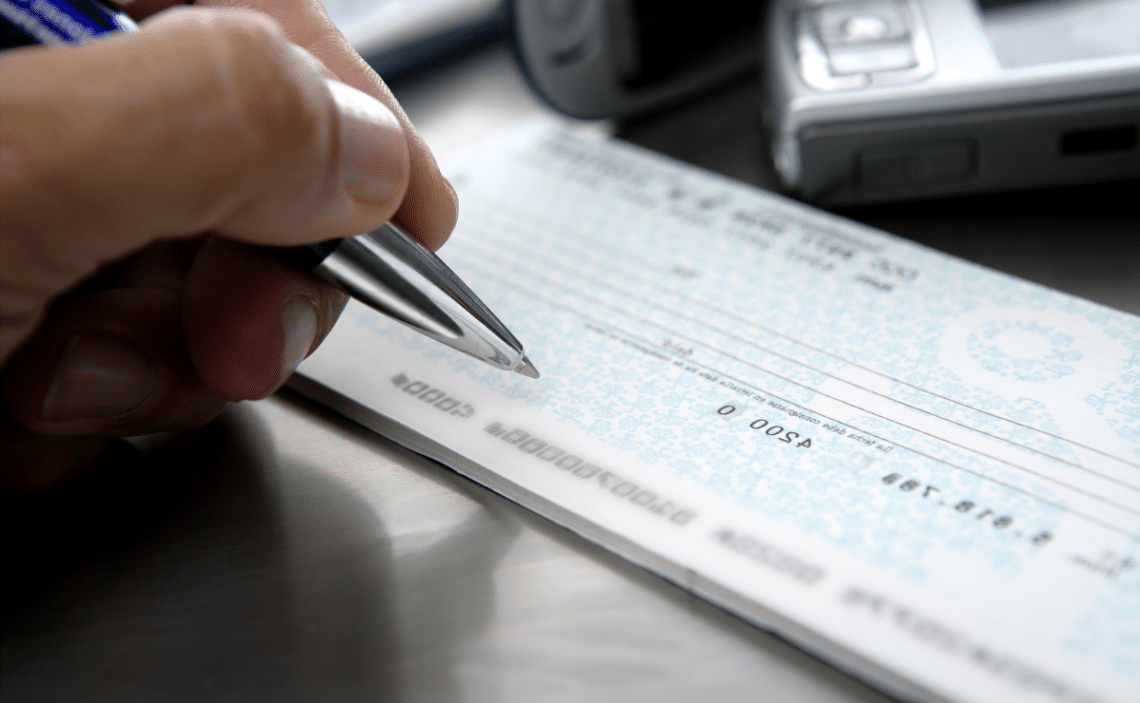You may have heard about account numbers in banking that start with a 3, or 4, or even a 9. Routing numbers are 9-digit identifiers used by the automated clearing house (ACH) network to identify where and which account should be credited when transferring money from one bank to another.
However, the question is here; can bank routing numbers have leading zeros? The answer is both yes and no. Some banks have routing numbers with leading zeroes, but some don’t.
Quick Background Info on Routing Numbers
Routing Numbers, or ABA (American Bankers Association) Numbers, identify a specific account at a financial institution. These numbers are helpful for domestic and international wire transfers, automated clearing house (ACH) transactions, check to process, and bill payments.
The first nine digits of an ABA number denote which financial institution owns that number. The last digit is called a lead, and it indicates what type of institution is using that number—typically whether it’s a commercial bank, savings association, credit union, etc.
For example, a Wells Fargo bank routing number starts with 000003, while an American Express credit card has 02600026 as its routing number. You can find your own bank’s routing number by looking at your checks or your online banking profile.
Why Do Routing Numbers Have Leading Zeros?
Every business or financial institution with a network of locations needs a unique identification number. The two most common ones are routing numbers and bank account numbers, but they serve different purposes.
Let’s look at why banks include leading zeros in their routing number system. First, let’s discuss what a routing number is. Routing numbers are nine-digit identifiers used by businesses to identify specific accounts for electronic payments between banks.
They allow automated teller machines (ATMs) to verify your account when you make deposits or withdrawals at an ATM on the other side of the world. These machines need a quick way to recognize which funds should be credited and debited for these transactions.
For example, if you withdraw $20 from an ATM in Florida, it will debit your checking account with Bank A and credit another account with Bank B based on your transaction. To process such large amounts of data quickly and accurately, each bank assigns its routing number to its customers.
This number helps identify where money should go during any given transaction. It can also help ensure that no one else can access your account without permission because there is only one correct routing number associated with any given performance.
It is important because someone could steal your personal information and try to impersonate you online or over the phone to access your funds. Banks often use letters and numbers as part of their routing identifier, making them more secure than using just numbers alone.
Can Bank Routing Numbers Have Leading Zeros? Here’s the detail

If you’re looking to get into payments, knowing if your processor will accept a number with leading zeros is essential. Almost all major credit card companies, including MasterCard, Visa, American Express, and Discover require that a bank routing number be nine digits long.
But not all banks follow that format; if yours doesn’t, you could be in trouble when it comes time to process payments through your payment gateway or merchant account provider. Some can and some can’t.
The good news is that most banks do conform to network standards. The bad news is that there are still a few outliers out there, which means you may want to double-check before selecting your processor.
Routing numbers cannot have a leading zero unless they are 10-digit routing numbers. Why? The Federal Reserve System (Fed) requires that any checks that include an amount written with more than 18 digits contain an additional digit in front of a 9 to represent a decimal amount.
This is called a check character, and it serves as protection against fraud and mistakes when writing checks. So, if your routing number has a leading zero, you would need to add another digit in front of all nine digits on your check. That’s too much work for most people and businesses, so don’t use routing numbers with leading zeros.
When You Can Put Leading Zeros in Your Bank Account?
You can put leading zeros in your bank account routing number with some exceptions. You will use this when you do electronic transfers between your accounts, pay bills, or deposit checks.
For example, for a Bank of America account (which has a routing number 026009593), if you wanted to put an 800 prefix in front of it, you would type 080026009593 instead.
If you’re using online bill payment services like CheckFreePay or eBillme, they’ll ask for that routing number with those extra digits at the beginning.
FAQs (Frequently Asked Questions)

Here are some quick faqs about bank routing numbers.
What Are Bank Routing Numbers?
Bank routing numbers are used to facilitate electronic transfers between banks. These nine-digit numbers, found on checks, allow banks to track and process payments more efficiently.
How Many Digits Does A Bank Routing Number Have?
A typical nine-digit format for a U.S. domestic bank routing number is XXXXYYYZZ9, where X represents any digit from 2 through 9.
Can All Banking Institutions Use An X As Their First Digit?
No. The first digit of a bank routing number is called its ABA Number or Bank Identification Number (BIN). There are specific rules governing which types of financial institutions can use BINs.
Are There Any Exceptions To This Rule? (Yup!)
Yes. There are three scenarios when a company is allowed to use a nine-digit routing number: If it has less than $1 million in assets, if its deposits are insured by either FDIC or NCUA (or both), or if it belongs to specific organizations like churches and other tax-exempt organizations.


